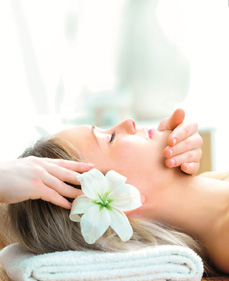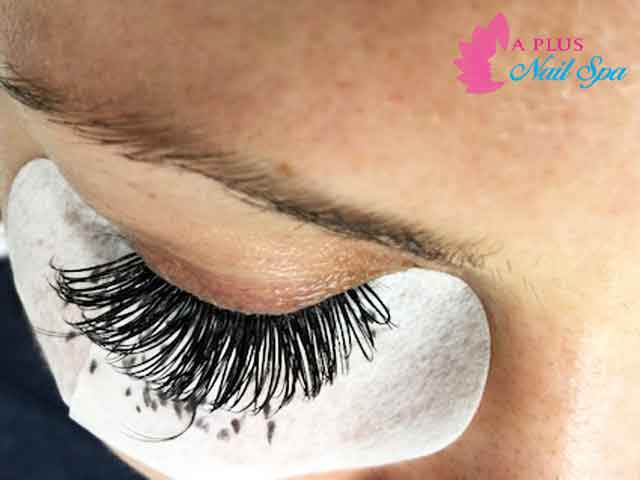

Regardless of what type of portable hot tub you choose, you’ll need a source of power to run the jets, heat the water, and more. What Kind of Power Do You Need for a Hot Tub? So, what is a Plug n’ Play spa and what makes them different from traditional portable hot tubs? Here is all you need to know. By using specialized products, or by combining products, consumers can achieve the key pluses without the troublesome minuses.Plug n’ Play spas, also known as Plug and Play, are a great option for those looking for hydrotherapy without additional electrical requirements. Real Choices for Real Gains Pool owners have a variety of choices available to meet their water care needs. There are test kits available for the pool owner to test and ensure that the sanitizer is present. Chlorine, bromine and biguanides all meet this requirement since they stay in the water for some time. The presence of the sanitizer as a residual helps ensure that when bacteria or viruses are introduced to the water from bathers or the environment, they are inactivated and exposure to people is minimized. Some sanitizers should always be in the water to kill or inactivate bacteria and viruses. Both monopersulfates and ozone are compatible with chlorine and bromine. Ozone has a minimal effect on pH and water chemistry. Ozone, fed into the water continuously by an ozone generator, is the strongest oxidizer for pool water treatment. Hydrogen peroxide has a minimal effect on pH. Hydrogen peroxide is the oxidizer used with biguanides since chlorine and bromine are not compatible with biguanides. As a result, separate oxidizers or shocks are commonly used in pools treated with bromine. When bromine is used as a sanitizer, it also acts as an oxidizer, but it is not as strong as chlorine.

It is odorless, is not degraded by the sun and has a minimal effect on pH and pool water chemistry. Monopersulfate is normally added on a weekly basis. Monopersulfate is a stronger oxidizer than chlorine. To prevent these problems, many pool owners prefer to use a separate and more efficient oxidizer. As the chloramines form, more chlorine must be added, a process known as super chlorination or shocking, to "burn out" contaminants in the water and to continue the killing of bacteria and viruses.
#Aplus spa skin#
These chloramines are responsible for eye and skin irritations and for the characteristic "chlorine smell" in and around pools.

Bromine is not compatible with the silver therefore, the two cannot be used in combination.Ĭhlorine reacts with and becomes incorporated into waste, such as urine or perspiration, forming very unpleasant-smelling chemicals called chloramines, which are also called combined chlorine. Since there is still some uncertainty with respect to how well and how quickly bacteria are killed by silver, it is recommended that some chlorine be used in combination with the silver. Silver is used in mineral product containers or dispensed from an automatic ionizer. Unlike chlorine, however, there is no stabilizer to protect bromine from the sun's rays. Bromine is acknowledged as an effective sanitizer, but it is better suited for indoor pools or for outdoor pools in northern climates where there is less sunlight exposure (because, like chlorine, it is not stable in the sun). In addition, using a biguanide means that you will avoid the "chemical smell" that is associated with chlorine. Biguanide is the favorite of many, not only because of its functionality as a sanitizer, but also because it produces a silky-smooth feel in the water. Of the chlorine that remains, more than half is used up for the removal of non-living waste, such as grease, oil, cosmetics, sun tan lotion residue, urine and sweat.

Note that in an outdoor pool, the sun destroys much of the chlorine. It recommends water exercise as a gentle way to exercise joints and muscles. In fact, the Arthritis Foundation reports that the swim spa's environment of warmth and buoyancy make it a safe, ideal setting for relieving arthritis pain and stiffness. Buoyancy creates a reduced impact exercise alternative that is easy on the joints." Although clearly well suited to über-athletes, according to the Aquatic Exercise Association, "The water's unique properties" provide an environment for people of all abilities. In fact, it is used to fulfill all three water care requirements, whether it is introduced directly or it is produced from salt via a chlorine generator. The most common sanitizer is chlorine, which is excellent in killing bacteria and viruses. Any water treatment unable to meet all three requirements, whether it is one or a combination of chemicals, will not be fully effective in meeting your pool water basics and ensuring that the water is clean and safe.


 0 kommentar(er)
0 kommentar(er)
